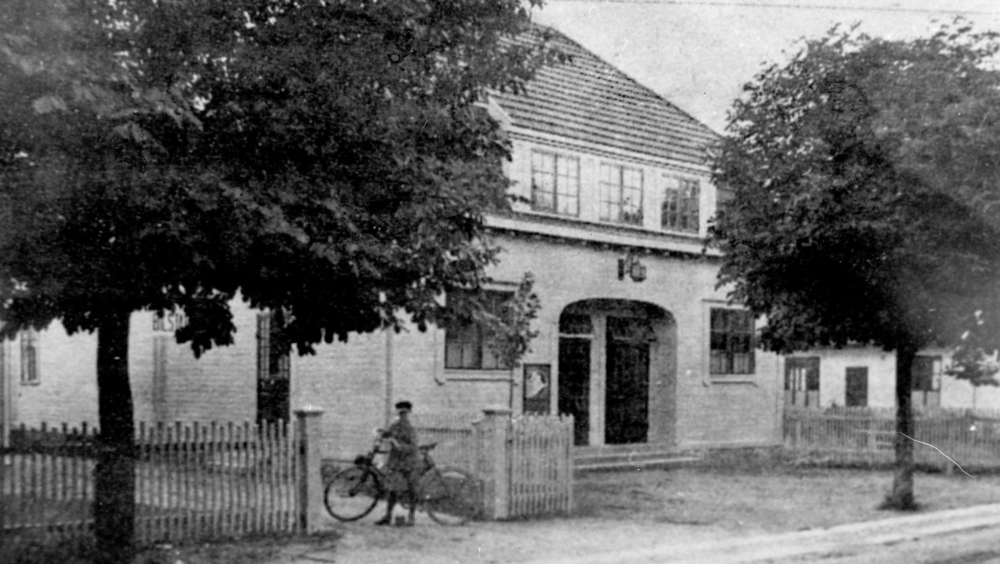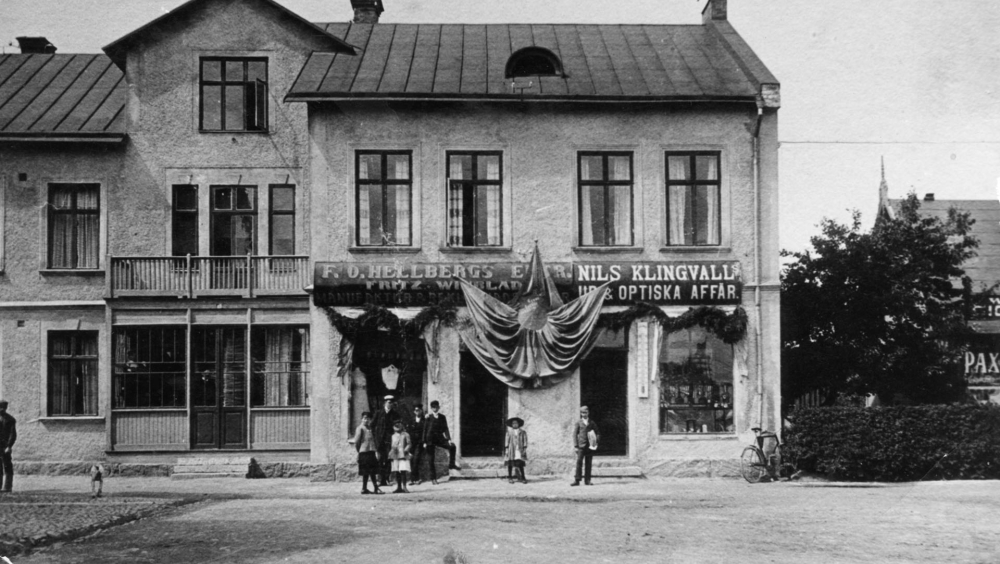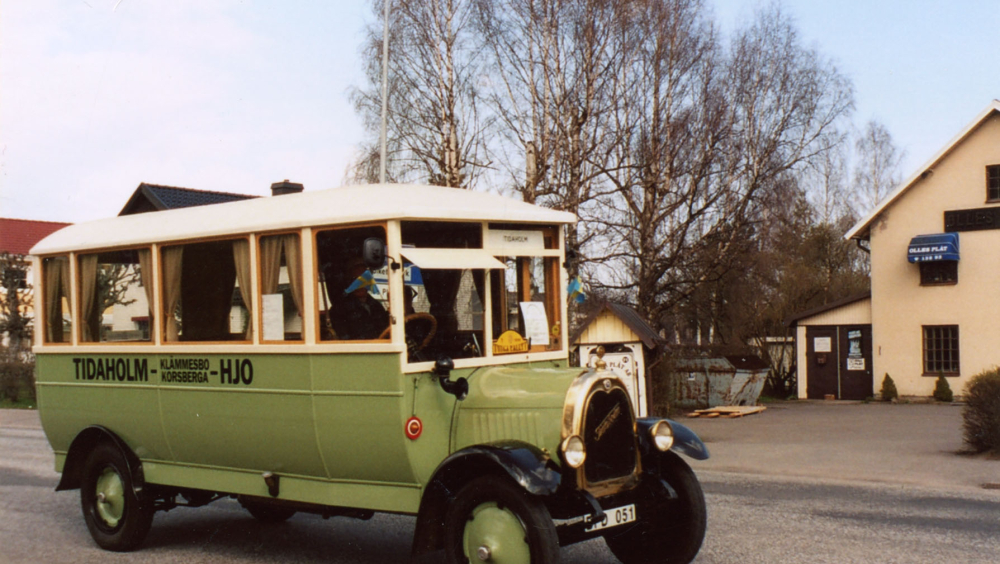How it came about that watchmaker Klingwall became a brandy supplier
This is a cute story from the time when the small town of Tidaholm was expanding rapidly and seemed to be growing in the vehicle industry. The city later became the worlds largest producer of matches - today it is only the largest in Europe. Anyway, this story tells us how creative businessmen and thursty citizens invent new ways of deliveries. Tidaholm later lost its car industry, but the buses and trucks had a glorious era in the 1920'ies. Today that epoque is a great attraction for Tidaholms museum.
How it came about that watchmaker
Klingwall became a brandy supplier
During the early 1900s, Tidaholm's Köping was in rapid expansion thanks to the great growth of the match factory Vulcan, today Swedish Match. Nils Klingwall came here in 1903, born and raised in the nearby Mölltorp, and established a watchmaker in the middle of Gamla torget in Tidaholm. A career choice he inherited from his father Alfred.
Business seemed to be going well as Nils Klingwall had a good reputation. After not so long, Klingwall expands its range with glasses and medallions. Around 1920, he bought the cinema building on Villagatan 9, where he also moved his watchmaking business.
Klingwall, who is a very enterprising man, acquired a smaller Chevrolet bus in 1923. He is simply expanding his business and starting with passenger transport. He quickly gets tired of the Chevrolet and already in 1925 he buys a brand new bus of the brand Tidaholm type T 40 with 21 seats. The city's own car brand is making its entrance at this time. The bus came to operate the route Tidaholm -Klämmesbo -Korsberga- Hjo for many years. Mainly for passenger traffic, but also goods, postal items and other things and that is now we enter the brandy story.
From the time Tidaholm became köping in 1895, there was a local prohibition clause against everything called spirits, wine and even strong beer. All brewers and pub owners in the city who applied for an alcohol serving permit or sale, were categorically rejected by the council. This led to the residents of Tidaholm who wanted to get stronger drinks applying to the neighboring towns where the laws were not quite as strict.
In Hjo there was Larsson Vin & Spirituosaaffär which provided all kinds of alcoholic beverages. As Nils Klingwall started driving daily trips to Hjo, the world for the citizens of Tidaholm suddenly became a little smaller.
Before, you had to use the train, but such a journey took a long time and you even had to change trains in Svensbro! If you did not go by yourself, there were always shift workers who went and could act as a fetching agent (envoy).
In time, this bus came to be known as the "Brandy Bus". In the old bus, the museum has, among other things, found a shipment with the text "Express delivery Hjo - Tidaholm". A box with liquor bottles that have long since been emptied evokes the imagination of the thirsty residents of Tidaholm who seemed to be in an emergency situation.
At Tidaholms Museum there is a reconstructed Tidaholmsbuss which is equivalent to the "Brandy Bus". This is part of the museum's vehicle fleet and tells of the era during the 1920s and 1930s when Tidaholm was a car manufacturing place to be reckoned with. The vehicles are continuously maintained and supplemented, so that we can show and tell about this period to future generations. Where, of course, the story of the Brandy bus is a piquant detail.
--
More details: anja.praesto@tidaholm.se and per.wahlstrom@tidaholm.se
How a small Swedish town played a roll in a European perspective regarding industrial growth 100 years ago and now have the same fight and spirit concerning tourism and culture heritage attraction. The city was an important place for work and education and the development started around 1850's is the fundament for a living city of modern times.


